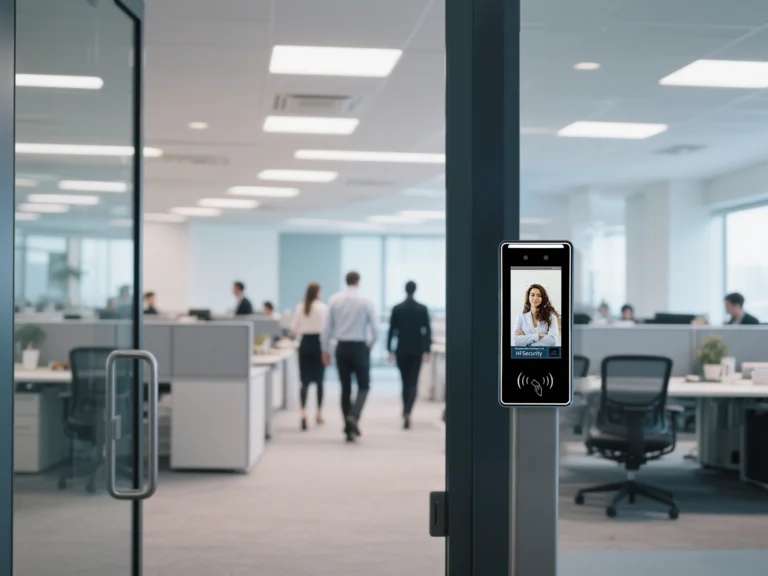Facial Recognition Attendance
What Is Facial Attendance?
Facial attendance is a type of biometric attendance system that uses facial recognition to identify individuals and record their attendance in real-time. Instead of swiping a card, entering a password, or pressing a finger on a sensor, the system scans the person’s face and logs their presence — all within seconds.
By analyzing unique facial features such as the distance between the eyes, shape of the nose, and jaw structure, facial attendance systems ensure high accuracy with zero contact, making them ideal for hygienic and high-traffic environments.
How Does Facial Attendance Work?
Face Detection
A camera scans and detects a person standing in front of the terminal.
Facial Feature Extraction
The system captures key facial data points (landmarks, contour, ratios) using AI algorithms.
Identity Matching
Captured features are compared with a database of registered users.
Attendance Logging
If a match is found, the system logs the timestamp and updates the attendance record.

This entire process usually takes less than 2 seconds and is completely contactless.
Benefits of Facial Attendance Systems
Contactless and Hygienic
Facial attendance systems use AI-powered face recognition to identify users without any physical contact. This contactless authentication significantly reduces the spread of germs and viruses, making it ideal for schools, offices, hospitals, and other public or shared environments where hygiene is a top priority.
Fast and Efficient Clock-In Process
Employees or users simply look at the camera, and their attendance is recorded within seconds. This eliminates long queues, manual entry delays, and common clock-in errors. The automated, seamless process helps improve punctuality and reduces time theft in high-traffic environments.
Prevents Buddy Punching and Fraud
Traditional attendance systems can be easily manipulated — employees may clock in for others using cards or fingerprints. Facial recognition eliminates buddy punching entirely, as each person’s face is unique and cannot be duplicated or shared, ensuring accurate and reliable attendance records.
Real-Time Data and Cloud Integration
Most facial attendance systems offer real-time data synchronization and can be integrated with cloud-based HR or payroll software. This enables managers to track attendance from anywhere, receive instant notifications, and generate automated reports for workforce management and compliance.
Supports Shift Management and Access Control
Advanced facial systems often include multi-functional features like shift scheduling, late arrival alerts, and access control integration. This ensures that only authorized personnel can enter specific zones or buildings at designated times, enhancing both security and operational control.
Easy to Use and Scalable
Facial attendance devices are user-friendly and require minimal training. They can be deployed in small offices or scaled up for enterprise-level use with hundreds or thousands of employees. Many systems also support mask detection and can adapt to various lighting conditions, both indoors and outdoors.
Modern, Professional Image for Organizations
Adopting facial attendance systems reflects a company’s commitment to digital transformation and security. It enhances the corporate image by demonstrating the use of cutting-edge technology for employee management, which can be appealing to both staff and visitors.
Use Cases of Facial Attendance Technology
Facial attendance systems are now used in a variety of environments due to their flexibility and automation:
Corporate Offices: To eliminate buddy punching and ensure accurate HR records
Factories & Warehouses: For shift-based check-ins without physical contact
Educational Institutions: To automate student attendance without manual roll calls
Healthcare Facilities: Ensuring hygienic access for staff and visitors
Government Buildings: For secure and traceable access control
Why Facial Attendance Is the Future
Facial attendance is rapidly becoming the future of workforce management due to its superior security, efficiency, and user experience. Compared to fingerprint scanners and ID cards, facial attendance—especially the latest contactless facial recognition systems—provides a more hygienic and seamless solution. Users don’t need to touch any device or stop in front of a scanner; the system automatically recognizes faces as people walk by, allowing for smooth, hands-free check-ins.
In addition to enhanced convenience, modern facial attendance systems offer powerful features like real-time data tracking, cloud-based dashboards, and integration with payroll and HR software. Once an employee’s face is registered, they can be authenticated across multiple entry points without the need for physical cards or devices. These advantages make facial attendance a smart, scalable, and future-ready solution for organizations of all sizes.
Conclusion
To summarize, facial attendance is a powerful biometric solution that leverages AI and facial recognition to automate and secure time tracking. It’s fast, accurate, contactless, and ideal for modern organizations aiming to improve security and efficiency.
As more companies adopt smart workplace solutions, facial attendance systems are becoming essential tools for safe, seamless, and smart employee management.
Related products
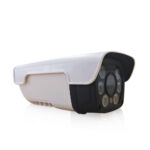
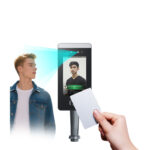
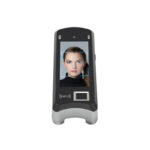
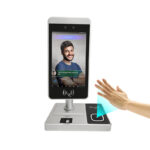
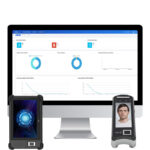
FAQ
Facial attendance is a biometric time-tracking method that uses facial recognition technology to record when employees check in and out. It eliminates the need for manual punching or contact-based systems like fingerprint scanners.
Modern facial attendance systems offer up to 99% accuracy, thanks to AI-based facial recognition algorithms. These systems can identify individuals even in low light or when slight changes in appearance occur (e.g., hairstyle, glasses).
Yes, facial attendance is generally more secure. Unlike fingerprint recognition, which can be affected by dirty or injured fingers, facial recognition is contactless, less prone to duplication, and harder to spoof.
Absolutely. Most facial attendance solutions can integrate with HR software, access control systems, and payroll platforms to streamline workforce management and improve efficiency.
Advanced facial attendance systems use deep learning to recognize partial features and adapt to changes like wearing masks, growing facial hair, or changing hairstyles. However, accuracy may slightly vary depending on the algorithm used.
Yes, reliable systems follow strict data encryption and GDPR-compliant protocols to protect user privacy and biometric data. It’s essential to choose a vendor with robust data security standards.
Contact Us
We would love to speak with you.
Feel free to reach out using the below details.

